Part 1 of 2 articles
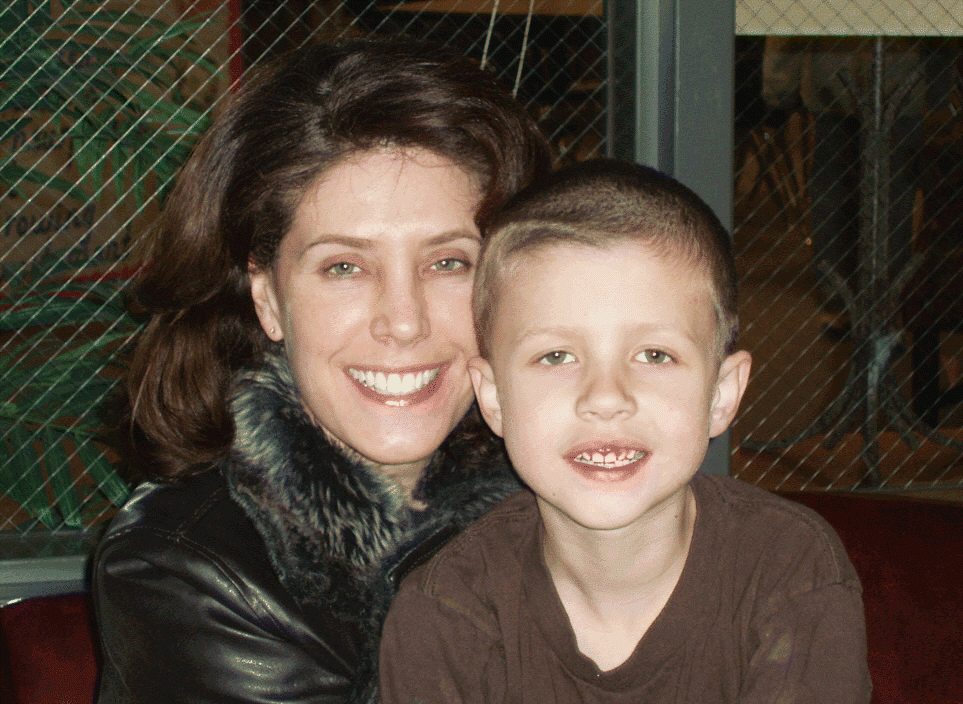


With the advent of fiberoptic and distal-chip scopes and other innovations, otolaryngologists are now able to perform many laryngeal diagnostic and therapeutic procedures on awake patients in the in-office setting rather than on fully anesthetized individuals in the operating room.
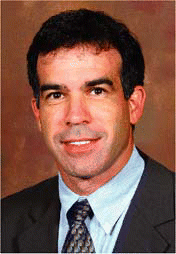
The incidence of thyroid cancer has sharply increased over the past decade, with estimates showing a rise in newly diagnosed cases from about 17,000 in 1998 to more than 30,000 in 2007.
More is being learned about sleep and how it relates to otolaryngology. At the recent Combined Otolaryngology Spring Meeting, attendees heard details about how the different stages of sleep affect obstructive sleep apnea (OSA), as well as intriguing findings showing how airway anatomy changes can actually be seen during sleep with use of real-time CT imaging.
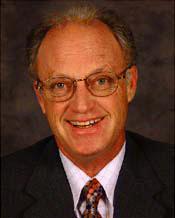
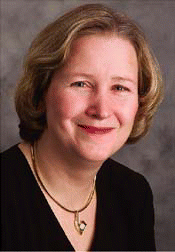
The general otolaryngologist’s office practice is full of patients with sleep disorders-the hypertensive male with epistaxis, the snoring child with ADHD, the woman with fatigue and restless sleep.
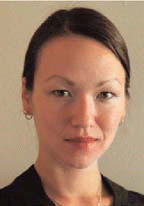
Researchers recommended that otolaryngologists might empirically treat selected patients with sinus headaches as if these patients actually had migraines, following study results illustrating that the use of triptans brought relief to more than 80% of these individuals.
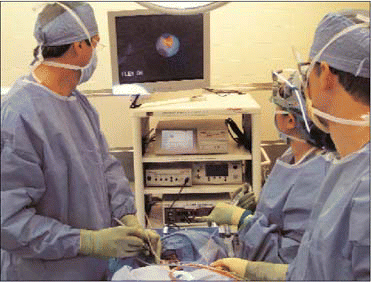

In a review of the literature published in The Cochrane Library, two Israeli authors conclude that the use of topical corticosteroid nasal sprays-either alone or in combination with antibiotic therapy-shows an advantage over placebo in the treatment of the symptoms of acute rhinosinusitis.
